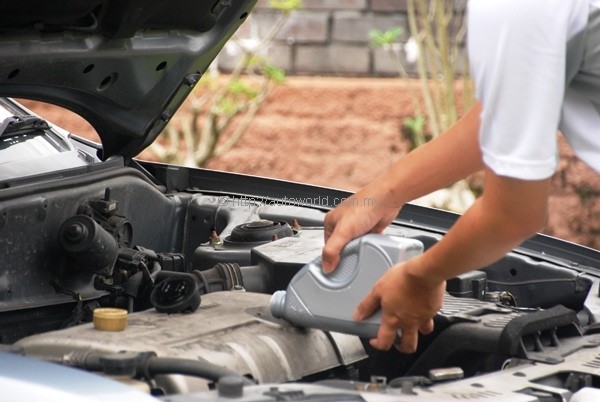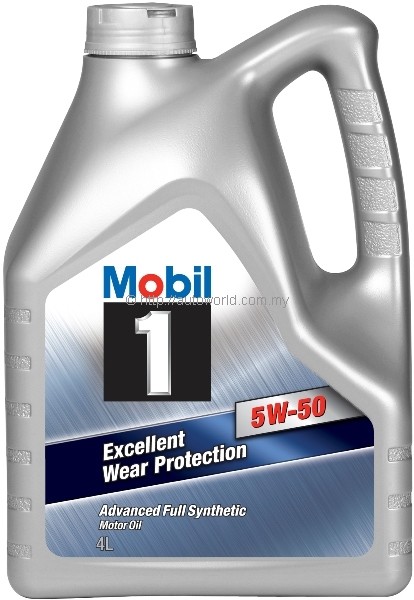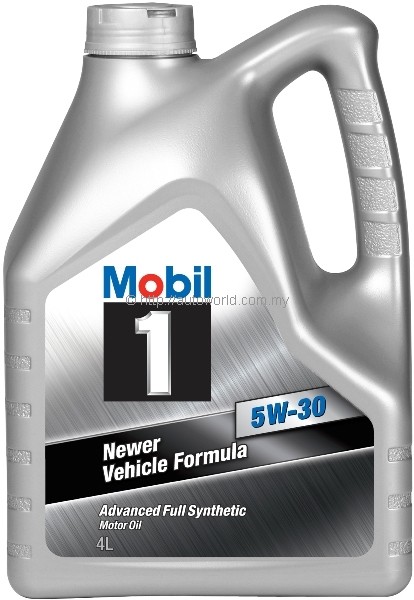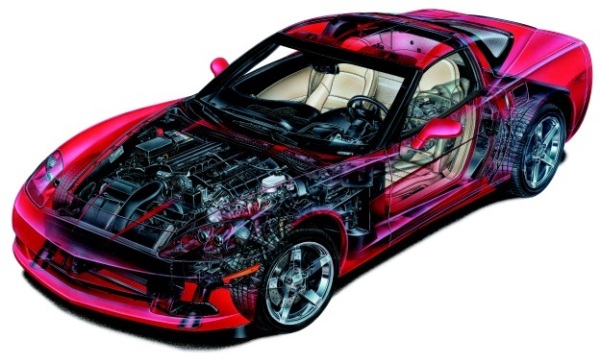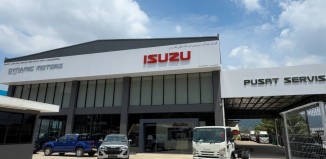Making Smart Choices After the First Maintenance
The period from the purchase of a new car to the time it has been driven for 3,000 to 5,000 km is known as its break-in period (mileage specification varies, depending on the car brands). The maintenance to be done after the break-in period is commonly referred to as “first maintenance” by those in the car industry. This first maintenance is very important to the new car because a newly assembled car will have certain gaps and inconsistencies at the contact areas of various components and the rotating sections. In particular, contacts between the piston ring in the cylinder and the cylinder wall need to get to the ideal tightness.
During the car’s assembly, engine oil injected into the engine contains break-in additives to enhance the effects of breaking-in. Besides, after the break-in period, the various fastening screws may get loose. These problems have to be resolved during the first maintenance. For a complete process of first maintenance, there are two changes, one cleaning and 16 checks, i.e. changing the engine oil and engine oil filter, cleaning the air filter and checking wheel screws, brake oil, coolant, battery water, braking system, steering system, suspension system, working of the transmission system, abrasion of tyres, tightness of transmission belt, working conditions of various lamps, emission of exhaust gas, etc.
Some car owners may feel that they want to give better care to the engine and before the time for first maintenance has arrived, they would change the engine oil in the new car to full synthetic engine oil. This is regarded as a bad move, as it also removes the aforementioned break-in additives that facilitate effective breaking-in of the various rotating parts of the engine. If this engine oil is changed too early, it will lead to an incomplete breaking-in which is not favourable for the normal running of the engine after break-in period. Moreover, shortening or prolonging the break-in period could also damage the car.
Driven by economic benefits, manufacturers of various brands of cars have specified that car owners must, within the designated time period (usually two years, or after driving for 50,000 km), send their cars for maintenance at 4S centres of the relevant brands and use the specific engine oils for the brands of car, lest they are deemed to have automatically relinquished their rights to quality guarantee. The reason is that without using the specially designated engine oil, it will not be possible to guarantee the normal running of the engine. Car manufacturers do not produce their own engine oil. Hence, they would source from the market the types of engine oil products that meet the technical requirements of their cars.
In order to cut costs and reap higher profits, car manufacturers or 4S stores would not normally use engine oil products of the best quality but they charge car owners at high rates. For example, the manufacturer of a joint-venture car brand has specified a certain international brand of mineral lubricant oil to be used for car assembly and maintenance.
Car owners are usually charged higher than the market price of the engine oil. Therefore, for regular car maintenance after every 5,000 km, car owners can buy quality synthetic engine oil products from the market and then go to any integrated car maintenance workshop or rapid maintenance workshop of good reputation.
By having maintenance for their beloved cars done at maintenance workshops of their own choice, car owners can enjoy three major advantages. Firstly, at the same price, they can choose synthetic engine oils and oil filters of major brands that have higher quality to provide better maintenance for the engines. Secondly, they can save time because these rapid maintenance and integrated maintenance workshops, which are normally set up near the residential communities, do not have the back-up of branded manufacturers and thus they have stronger sense of competition and can provide services of better quality. Thirdly, the maintenance cost can be lowered.
Nevertheless, in choosing their own maintenance workshops, car owners should check whether these workshops have been licensed and whether they use specialised maintenance equipment, follow standard operating procedures, indicate prices clearly, and present decent furnishing and appearances for their shops as well as pleasant attitude of their staff. Car owners should not simply send their cars to unlicensed roadside workshops for maintenance.
When selecting engine oil products from the market, car owners only need to follow the quality index (such as SL level) and viscosity index (such as 5W30) as indicated in the car user manual and purchase the products from specialised retail outlets of well-known brands of engine oil. They can also choose to buy mineral lubricant oil, semi-synthetic oil or full synthetic oil based on available budget.
For cars used in cities and tourist destinations, protection for car engines should be adequate if semi-synthetic oil is used and changed regularly. Synthetic oil has longer period of usage as compared with mineral lubricant oil; for example, semi-synthetic oil can be used for 7,000 km while full synthetic oil needs to be changed only after the car has run for 10,000 km.
While engine oil is changed at the maintenance workshop, two things should be noted. Firstly, ensure that there is no overfilling. It is a misconception that the more engine oil is added, the better it is. If the engine oil added has exceeded the specified standard, it may increase the resistance while the engine crankshaft is rotating, thus causing decreased power as well as increased fuel consumption, and this may lead to overheating of the engine oil.
After completion of the maintenance procedures, the car owner should pull out the engine oil dipstick for checking. If the engine oil has exceeded the middle level, request the maintenance workshop to pump out the oil overfilled until the level conforms to the standard. Secondly, after changing the engine oil, start the engine and lift up the car with a crane to check whether there are signs of leakage at the bolt on the bottom of the engine oil tank and at the oil filter.

Editor’s Note: The above is an advertorial write-up placed by ExxonMobil Corporation.
As part of its campaign, ExxonMobil is organizing a giveaway contest specially for Autoworld readers.
All you have to do is answer the following question: Name 3 types of engine oil cited in the article.
Send your answers to: editor@autoworld.com.my with an email titled “ExxonMobil Mobil 1 Giveaway Contest” before 12:00am, 23 March 2012.
The first three readers with the correct answers will receive a Mobil 1 5W-50 sample (4L) and a Cooler Bag each.




